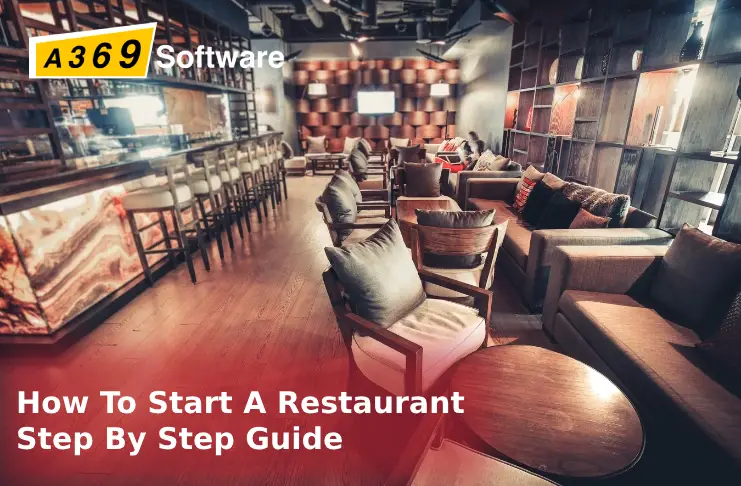Starting a restaurant is an exciting journey—but it’s also a massive undertaking. From conceptualizing your idea to getting customers through the door, the process involves careful planning, deep market understanding, and strategic decision-making. In this comprehensive guide, we’ll walk you through how to start a restaurant from scratch, covering every critical step to ensure your restaurant’s success.
1. Understanding the Restaurant Industry and Market
Before you invest time or capital, you need to understand the overall restaurant landscape and customer behavior trends. This step ensures you validate your concept before making major decisions.

Conduct Market Research
-
Study dining trends: Is your area shifting toward health-conscious meals, fast-casual options, or global cuisine like Korean BBQ or Mediterranean bowls?
-
Analyze demographics: What’s the average income, age, and lifestyle of your local population?
-
Competitive audit: Visit existing restaurants, note their strengths, and read online reviews to identify market gaps.
Define Customer Behavior
-
Do people in your area value fast service or ambiance?
-
Is online ordering and delivery in high demand?
-
Are customers responsive to loyalty programs or promotions?
By understanding the market, you’ll be in a better position to build a relevant and profitable restaurant.
2. Choose the Right Restaurant Concept
Your restaurant concept is the soul of your business. It influences your design, menu, branding, and marketing strategy.
Popular Restaurant Concepts
-
Fast Food: High volume, low cost, standardized menu (e.g., burger joints).
-
Fast-Casual: Slightly upscale fast food with better ingredients and ambiance.
-
Casual Dining: Full-service, affordable meals with a relaxed environment.
-
Fine Dining: High-end experience with curated menus, service, and décor.
-
Café or Coffee Shop: Great for small plates, drinks, and informal meetings.
-
Food Truck: Lower startup cost, mobile flexibility.
-
Ghost Kitchen: Delivery-only model, no dining space.
Pick a concept that aligns with your personality, business goals, and what the market lacks.
3. Choose a Memorable and Legally Available Name
A name defines your restaurant’s identity and sets the tone for branding, web presence, and customer recall.

Naming Tips
-
Short, unique, and memorable
-
Relevant to your cuisine or story
-
Avoid names that are hard to spell or pronounce
-
Check for domain name and trademark availability
-
Use tools like Namechk to verify social handle and domain availability
4. Find the Perfect Location
Location can make or break your restaurant. A prime location drives foot traffic and adds convenience for diners.

Criteria for Choosing a Location
-
Visibility: Can people easily see and find your restaurant?
-
Accessibility: Is there parking, public transit, or foot access?
-
Nearby traffic generators: Offices, schools, shopping malls, or event venues?
-
Rent cost: Make sure monthly costs align with your financial projections.
-
Competition: High competition isn’t always bad—just make sure you stand out.
If you’re considering a food truck or ghost kitchen, your “location” is digital or mobile. You’ll still need to factor in prep and delivery zones.
5. Create a Solid Restaurant Business Plan
A business plan is your blueprint and also a necessity if you’re seeking investors or a bank loan.
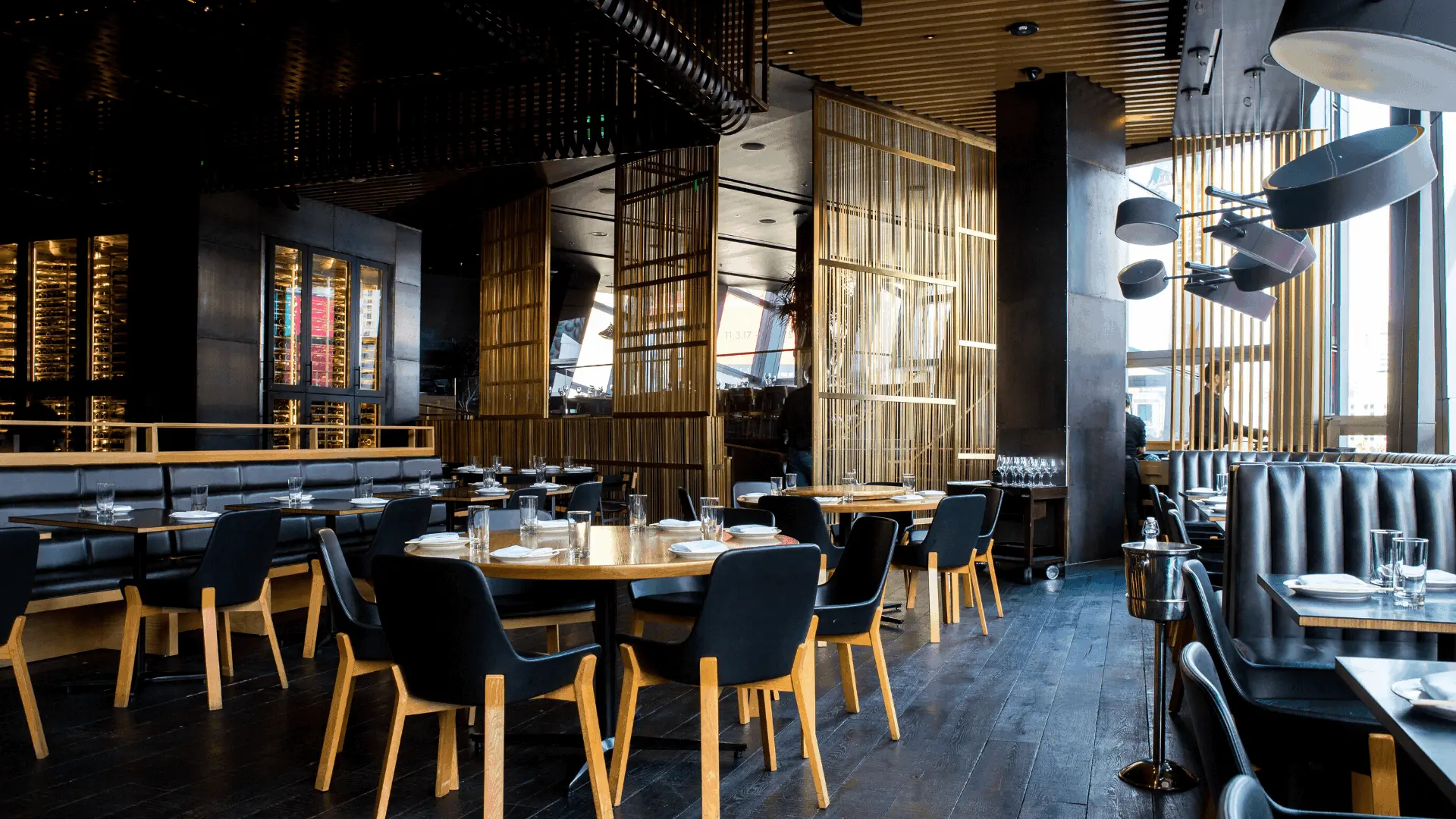
What to Include
-
Executive Summary
-
Company Overview
-
Market Analysis
-
Restaurant Concept & Menu
-
Marketing Strategy
-
Organizational Plan
-
Operational Plan
-
Financial Projections
-
Funding Requirements
Tip: Use real-world stats and reference local competitors in your financial planning.
6. Design a Smart, Profitable Menu
Your menu isn’t just a list of items—it’s a marketing and operations tool.
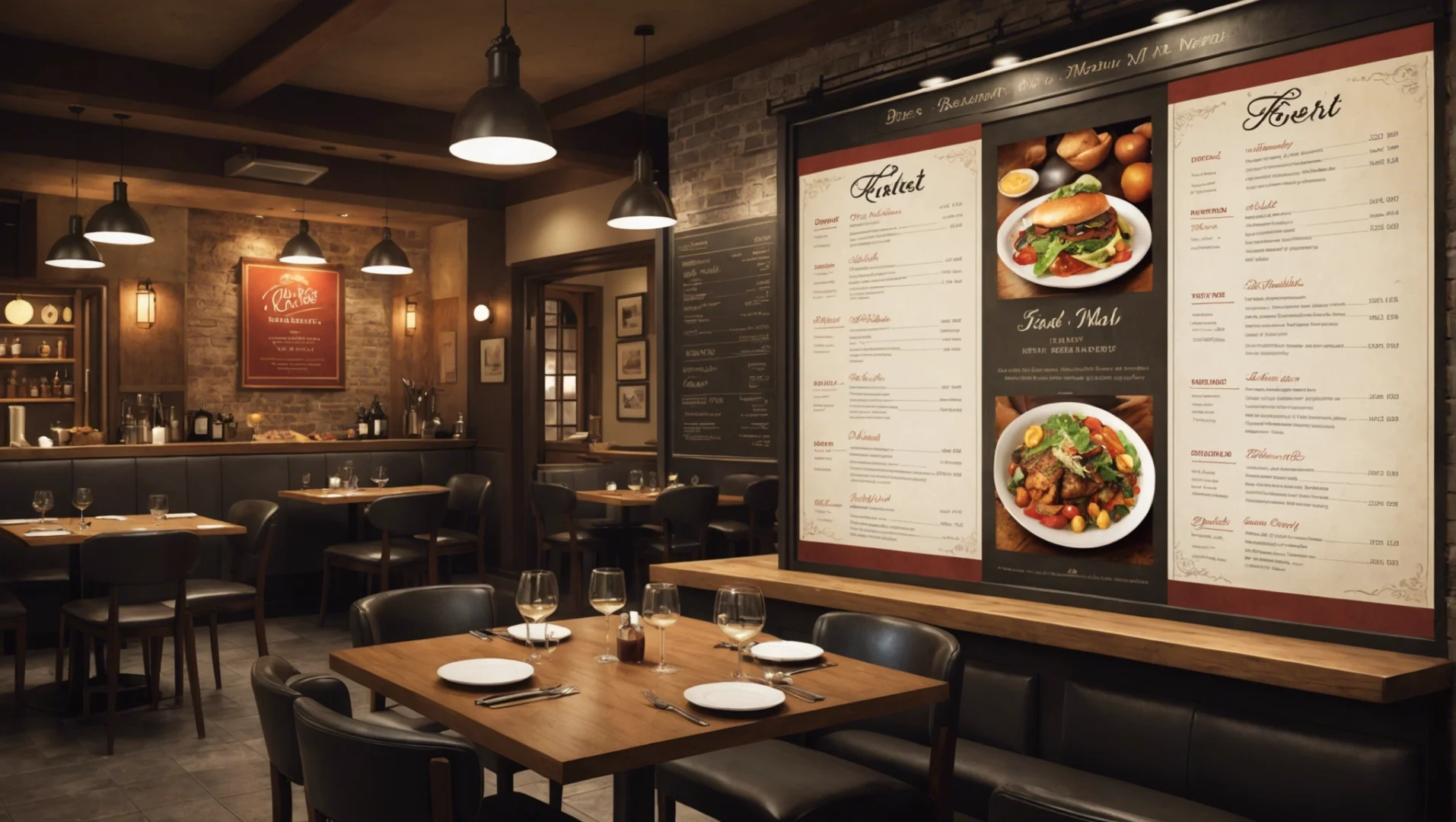
Menu Creation Tips
-
Limit items to improve quality and reduce inventory waste
-
Use descriptive language (e.g., “chargrilled lemongrass chicken”)
-
Mix high-margin and popular dishes
-
Use tools like MenuCalc to calculate food cost and profitability
-
Ensure your offerings match the expectations of your target market
Remember: every item on your menu should earn its place in terms of cost, prep time, and appeal.
7. Plan the Interior and Kitchen Layout
A well-designed space ensures smooth operations and enhances the customer experience.
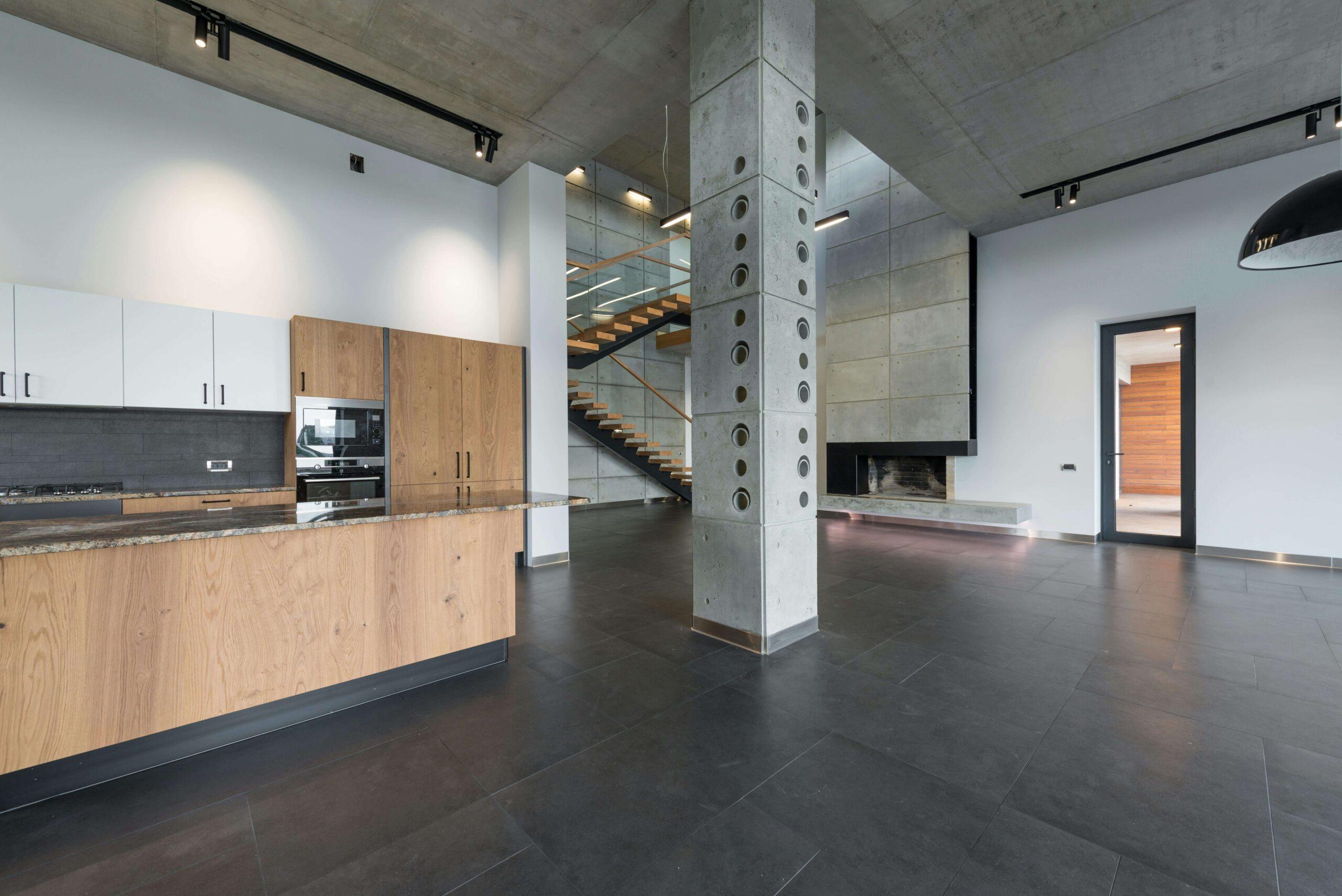
Interior Design Considerations
-
Table layout for comfort and maximum capacity
-
Lighting and color scheme aligned with brand identity
-
Acoustic control and background music
-
Clean, easily accessible restrooms
Kitchen Design
-
Efficient layout for staff movement
-
Storage for dry and cold goods
-
Dishwashing and cleaning zones
-
Health and fire safety compliance
Hiring an architect or kitchen consultant might cost more upfront, but will save thousands later in workflow inefficiencies.
8. Register Your Business and Obtain Permits
Every city and country has different requirements, but generally, you’ll need:
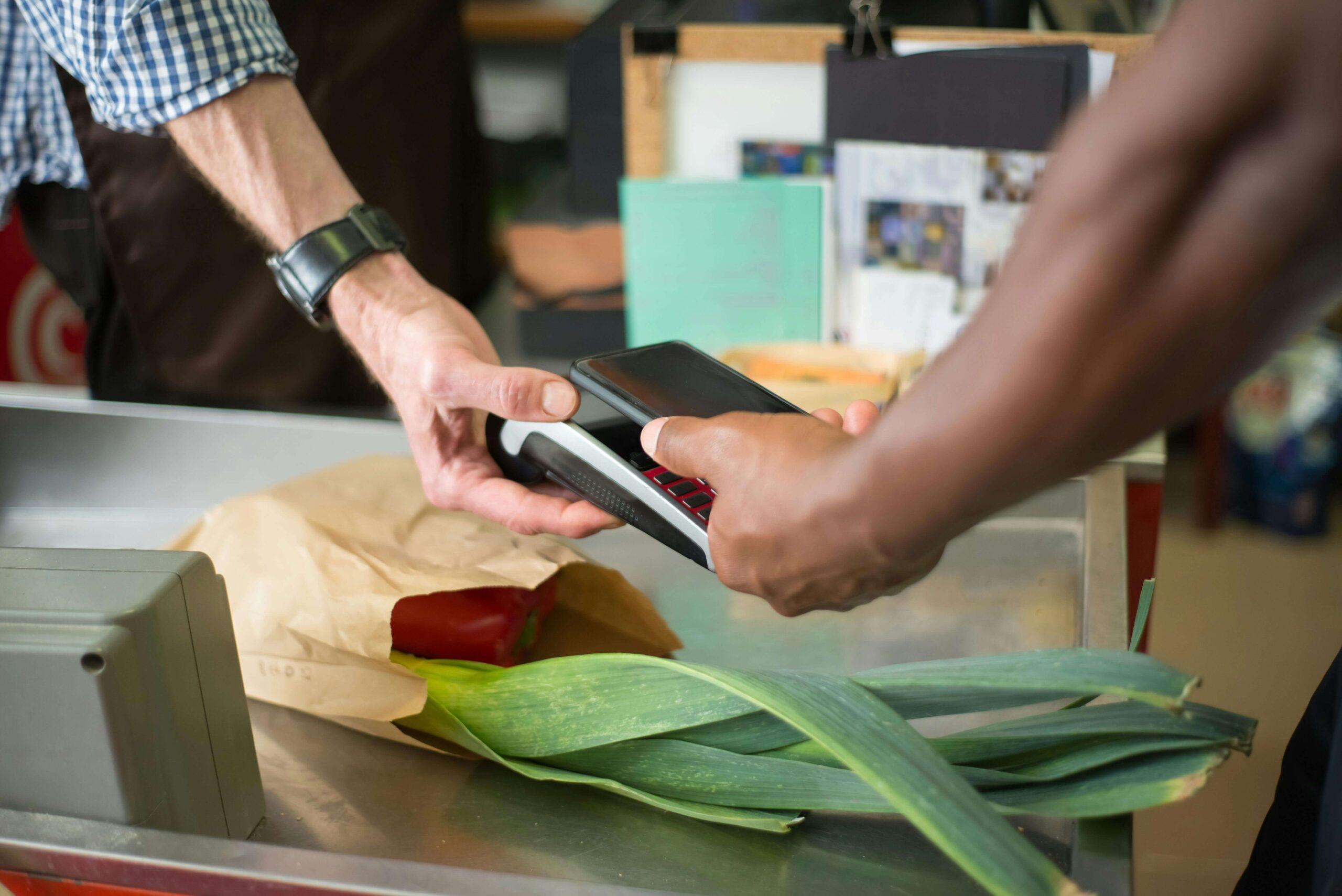
Legal Requirements
-
Business registration (LLC, sole proprietor, etc.)
-
Employer Identification Number (EIN)
-
Sales tax registration
-
Food service permit
-
Fire inspection approval
-
Health department clearance
-
Alcohol license (if applicable)
You should also get liability insurance, workers’ compensation insurance, and consider legal help for lease contracts.
9. Hire and Train the Right Staff
Your staff is the face of your restaurant. Great food needs great people to serve it.

Typical Restaurant Roles
-
Executive Chef or Kitchen Manager
-
Line Cooks
-
Waitstaff
-
Bartenders (if applicable)
-
Host/Hostess
-
Dishwasher and cleaning crew
-
General Manager
Training Essentials
-
Onboarding manual
-
Safety and hygiene training
-
Customer service protocol
-
Daily opening and closing checklists
-
Regular reviews and incentives
10. Launch Marketing Campaigns Before Opening
Marketing starts before your first dish is served.
- Create a website and optimize it for keywords
- Set up social media profiles
- Run teaser campaigns and behind-the-scenes videos
- List your business on Google Business Profile
- Offer pre-opening events or discounts

11. Prepare for Grand Opening
Your grand opening is your opportunity to make a splash. Make sure:
- Your staff is fully trained
- The space is clean and inviting
- All systems (POS, kitchen, inventory) are ready
- Promotions are in place
- You collect feedback for improvement

✅ Conclusion: Ready to Start Your Restaurant?
Knowing how to start a restaurant is only the first step. The real success lies in execution, adaptability, and delivering a consistently great customer experience. With careful planning, the right team, and smart marketing, your restaurant can thrive in any market.
👉 How to Start a Restaurant in 2025 – Complete Step-by-Step Guide

